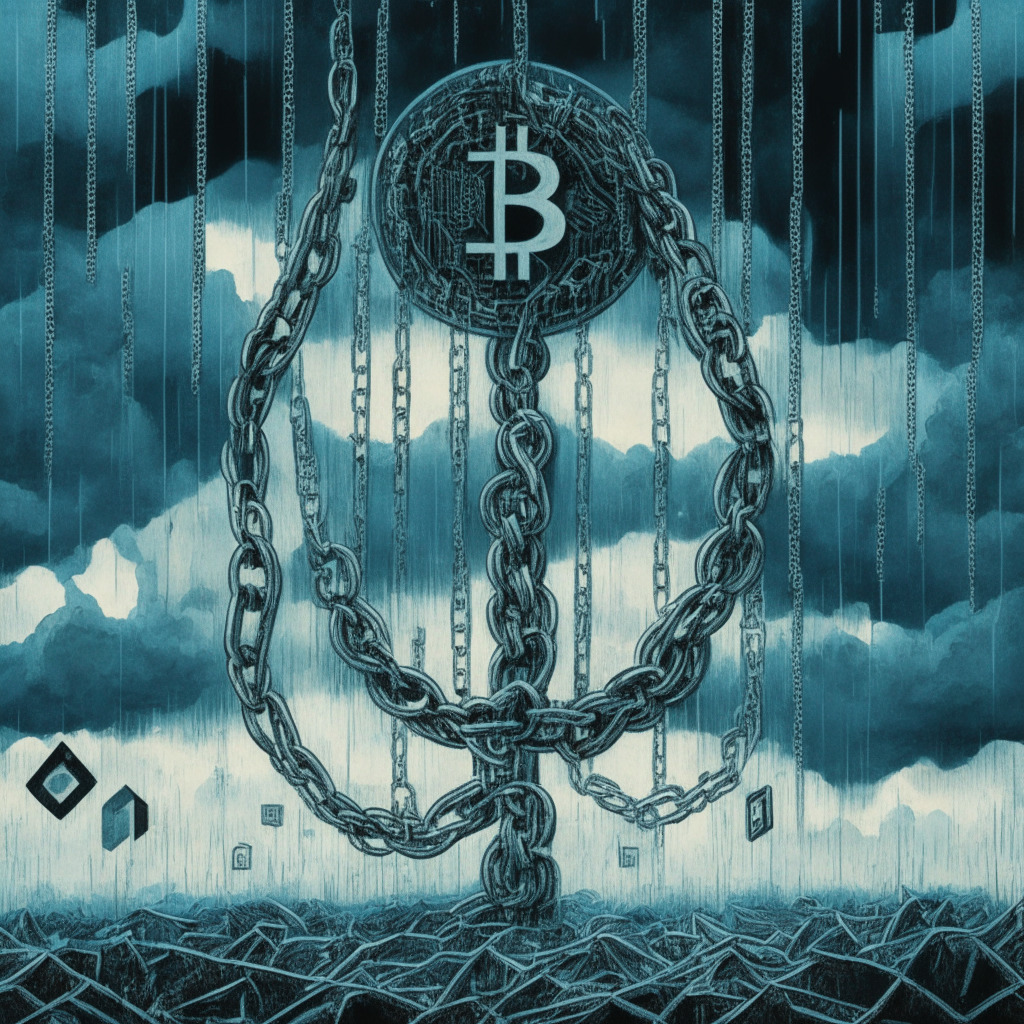In a recent turn of events, Anatoly Aksakov, a high-ranking Russian legislator places his bet on domestic corporations utilising the nation’s CBDC, termed as digital ruble, no later than 2025, mainly in Latin American nations. The crystal ball gazing comes in during a Russia – Latin America summit hosted in Moscow.
With Aksakov presiding over the State Duma Committee on the Financial Markets, he confidently opined the ruble turning virtual is destined to foray into the global market within the next four years. He alluded to potential usage of this up-and-coming currency transforming “mutual settlements” among Latin American nations.
Flagging the Central American banks towards a closer relationship with The Bear on matters pertinent to CBDC, Aksakov spoke vividly of Russia’s readiness to extend its extensive knowledge of blockchain technology, bestowing Central American banks and corporations the opportunity to utilise this innovative digital payment avenue on a larger scale.
Plans are underway for the digital ruble to ride on an expansive pilot next year, with anticipations set on a nationwide dissemination in the early months of 2025. This assertiveness on timeline may raise eyebrows closer home, as The Central Bank had been circumspect on the CBDC rollout, hinting at a launch somewhere between 2025 and 2027.
However, in the face of longstanding Western sanctions shackling Russian trade, the possibility of CBDC or BRICS (Brazil, Russia, India, China, South Africa) digital currency, or trade supported by cryptos are being closely examined as potential alternatives to transactions marked in USD. These indeed are interesting times for the businesses and governing bodies alike.
Among the ardent supporters of digital ruble and the one who lights the pathway for the nation’s crypto and digital financial assets, legislation is Aksakov himself. Beyond the national borders, he brings forth the possible compatibility of Russia’s digital coin with China’s digital yuan, and advocates for lifting buying caps for overseas buyers of the digital ruble. This, ironically, could mean non-Russians buying millions of said tokens.
Notwithstanding certain trepidation that may still exist, the golden age of cryptocurrencies appears optimistic with promising new advancements taking center stage. Are we then on the precipice of a new age of international trade, governed less by traditional methods and more by the dominance of digital currency? Will countries worldwide be ready to adopt this paradigm shift? The future holds these answers.
Source: Cryptonews




